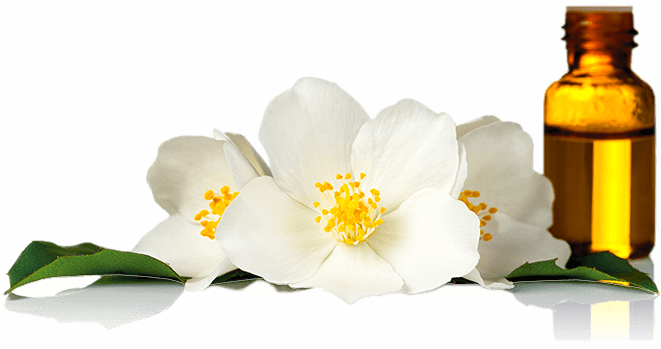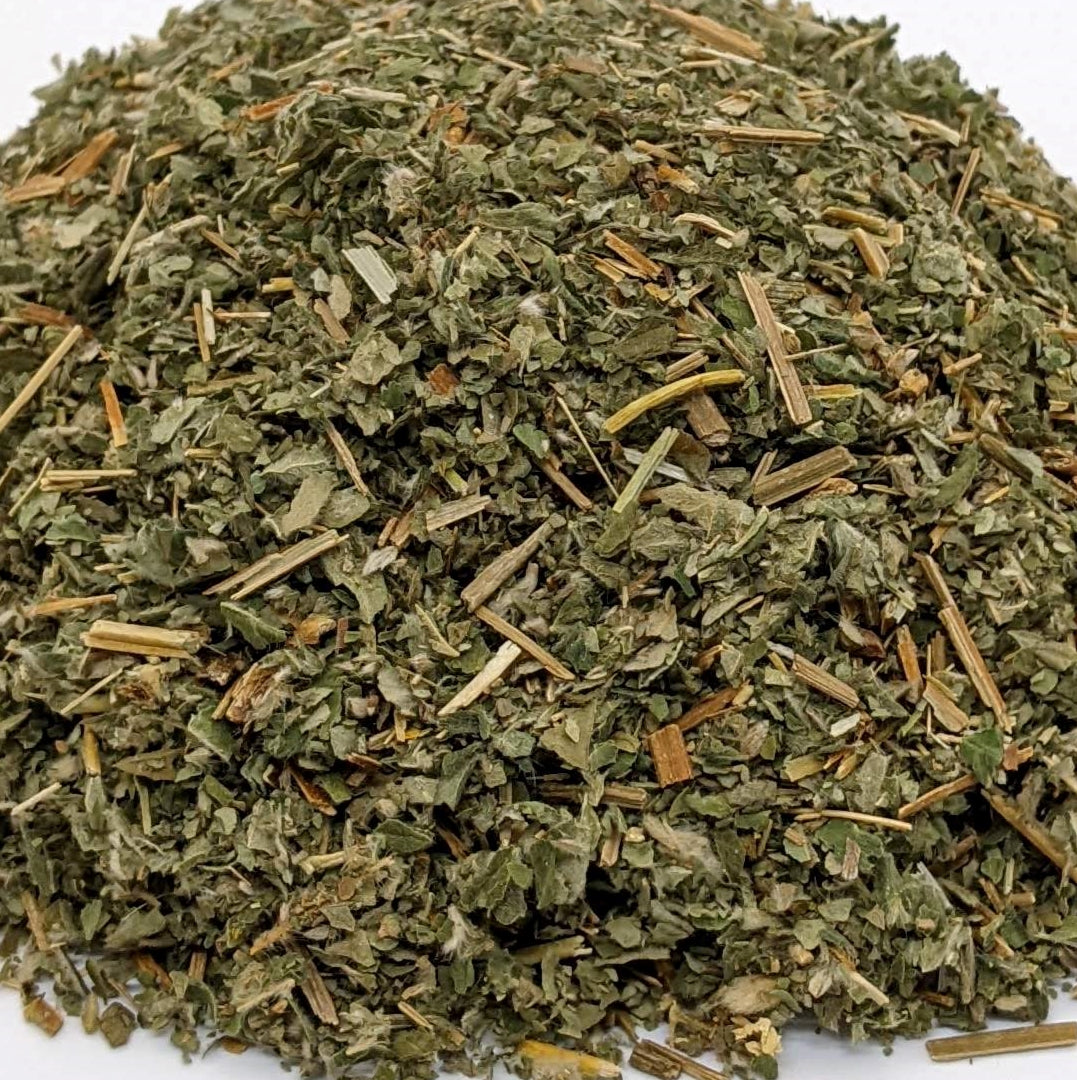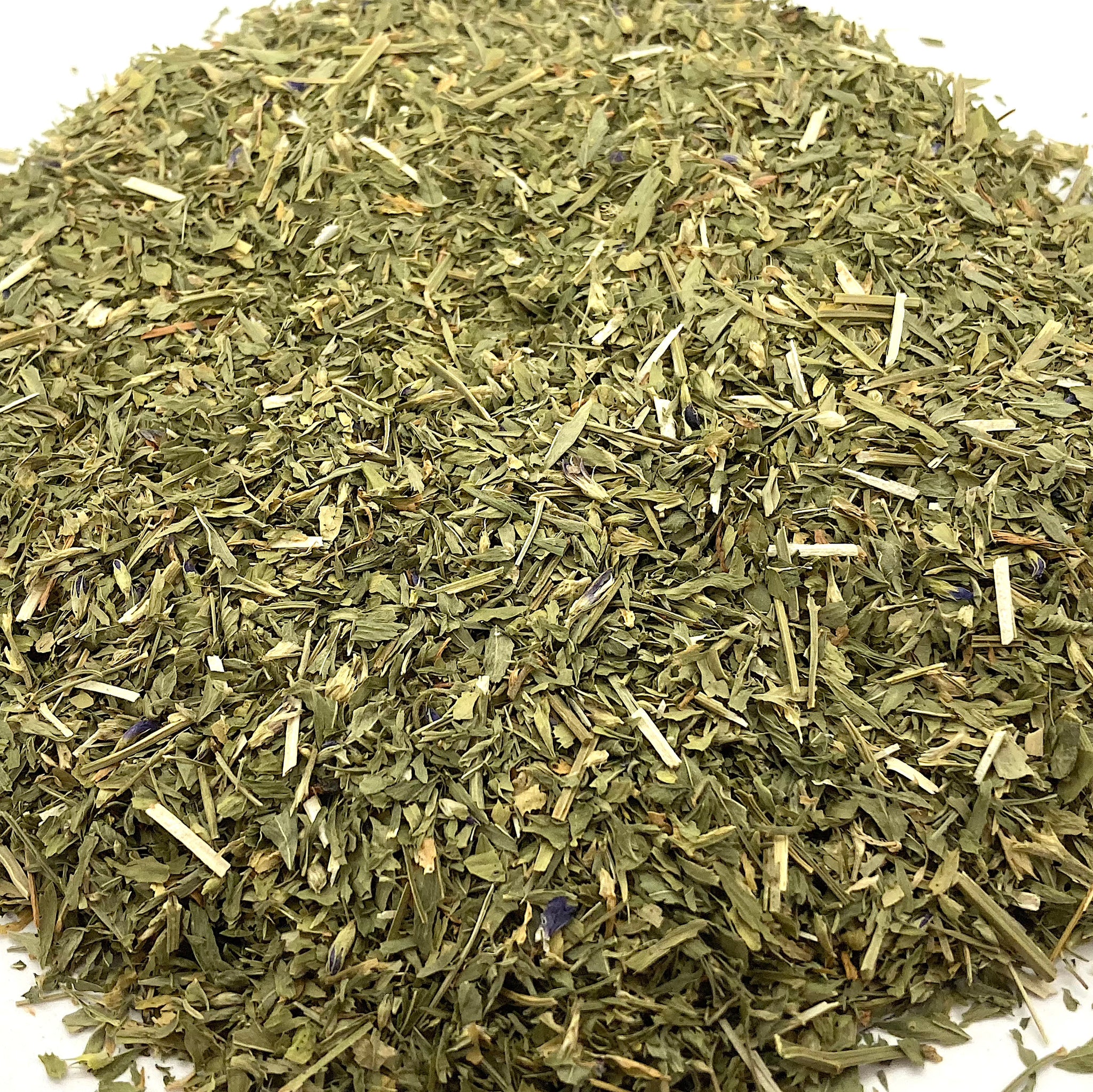Description
INDIA. Chicory (Chicorum intybus) Root, Roasted, Cut and Sifted, Certified Organic
Common names: Blue Daisy, Blue Dandelion, Blue Sailors, Ragged Sailors, Blue Weed, Bunk, Coffeeweed, Cornflower, Wild Bachelor's Buttons, Horseweed, Succory, Hendibeh, Wild Endive, Barbe de Capucin, Juju, Kasani, Korla, Sharkee, Witloof, Vagvarda
Family: Asteraceae
Chicory is a perennial flowering plant, native to Eurasia and Africa, and now naturalized as a weed along roadsides and in meadows, grasslands, and disturbed areas in temperate zones throughout much of the world. It may grow from 3 up to nearly 5 feet in height, with daisy-shaped flowers that are nearly always lavender- or blue-colored, rarely pink or white.
All parts of this plant are edible. Its leaves are eaten in parts of Italy, Greece, Albania, and India. Cultivated varieties of C. intybus, popular in cuisine, include Belgian Endive, Radicchio, and Catalogna Chicory. It is widely grown as a nutritious fodder for livestock, and numerous varieties have been bred specifically for this purpose. Chicory flowers are prepared as one of the Bach Flower remedies.
Chicory roots are baked or kiln-dried, roasted, and ground for use as a substitute or additive to coffee in India, Southeast Asia, South Africa, USA, the UK, France, Spain, Greece, Turkey, Syria, Lebanon, and Palestine. Roasted Chicory root is added to flavor certain ales and stouts. The fresh root can be cooked like parsnips.
Chicory Root’s properties are said to be similar to Dandelion’s, with tonic, anti-inflammatory, laxative, sedative, antimicrobial, and diuretic actions. Chicory Root tea has been given for gout, jaundice, liver enlargement, edema, cachexia, malarial fevers, parasites, and arthritis. Culpeper classifies it as an herb of Jupiter. In traditional Chinese medicine, its actions are cooling liver heat and draining damp. North American indigenous used Chicory Root as a nerve tonic, and topically in poultices and washes for fever sores.
Chicory Root contains up to 20% of inulin, a polysaccharide which has a sweetening power around one tenth that of sucrose, and is added to some foods as a sweetener or prebiotic. Chicory is the most common commercial source of inulin. Other components of the root include essential oils and many bitter compounds such as lactucin, lactucopricin, and other sesquiterpene lactones; aesculetin, aesculin, cichoriin, umbelliferone, scopoletin,6,7-dihidrocoumarin, glycosides, and phenolic acids.
A placebo-controlled human study showed beneficial effects of roasted Chicory Root tea on hyperglycemia and bowel function. A 2021 literature review article published in the journal Molecules highlights Chicory’s long history as a nourishing and medicinal plant, and lists a range of studies that confirm its traditional applications.
Chicory is an emmenagogue, and so probably best avoided during pregnancy.
*These statements have not been evaluated by the FDA. These products are not intended to diagnose, treat, cure or prevent any disease.







